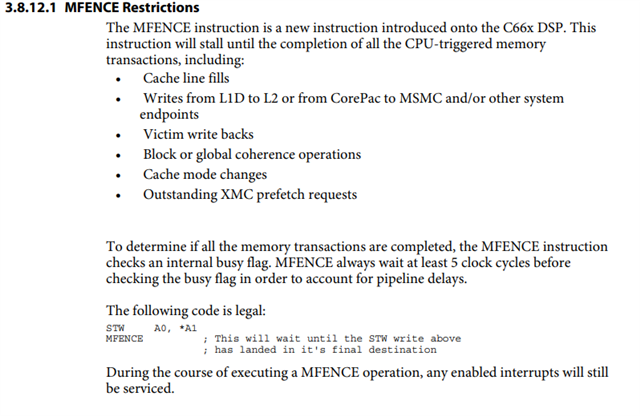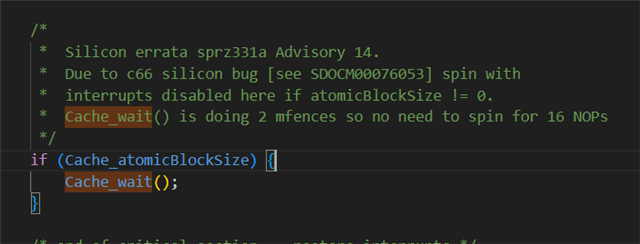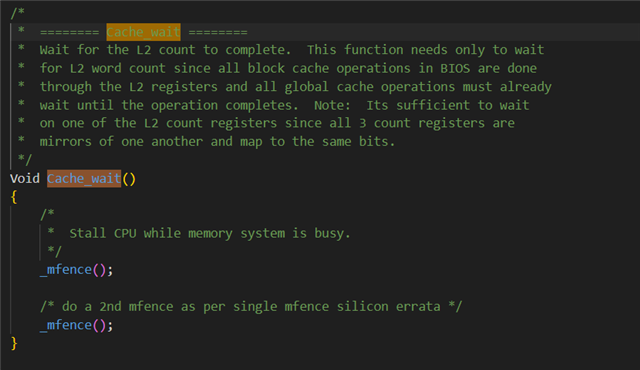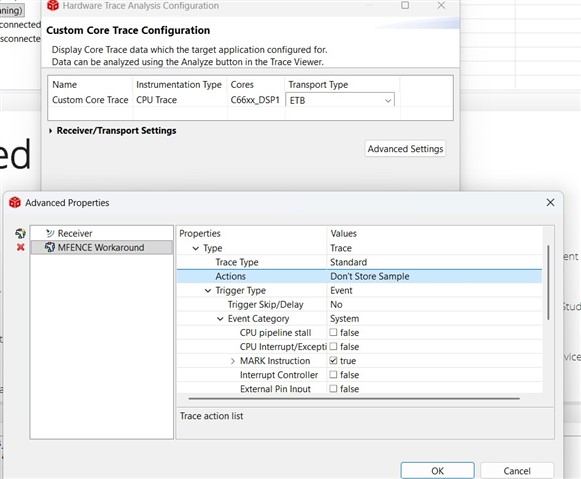Other Parts Discussed in Thread: SYSBIOS
Tool/software:
Hi,
I'm on DSP1 collecting hardware trace flow, with PC and Cycle time.
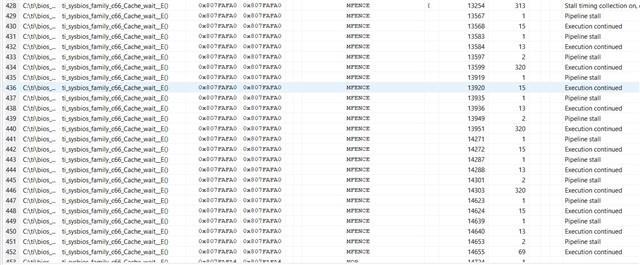
What's the reason of these multiples wait?
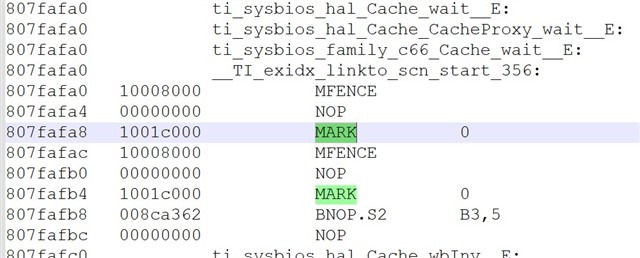
Why there are tracing instructions left in?
I'm using:
SYSBIOS bios_6_83_00_18
xdctools_3_61_02_27_core
ccs1040
Thanks


